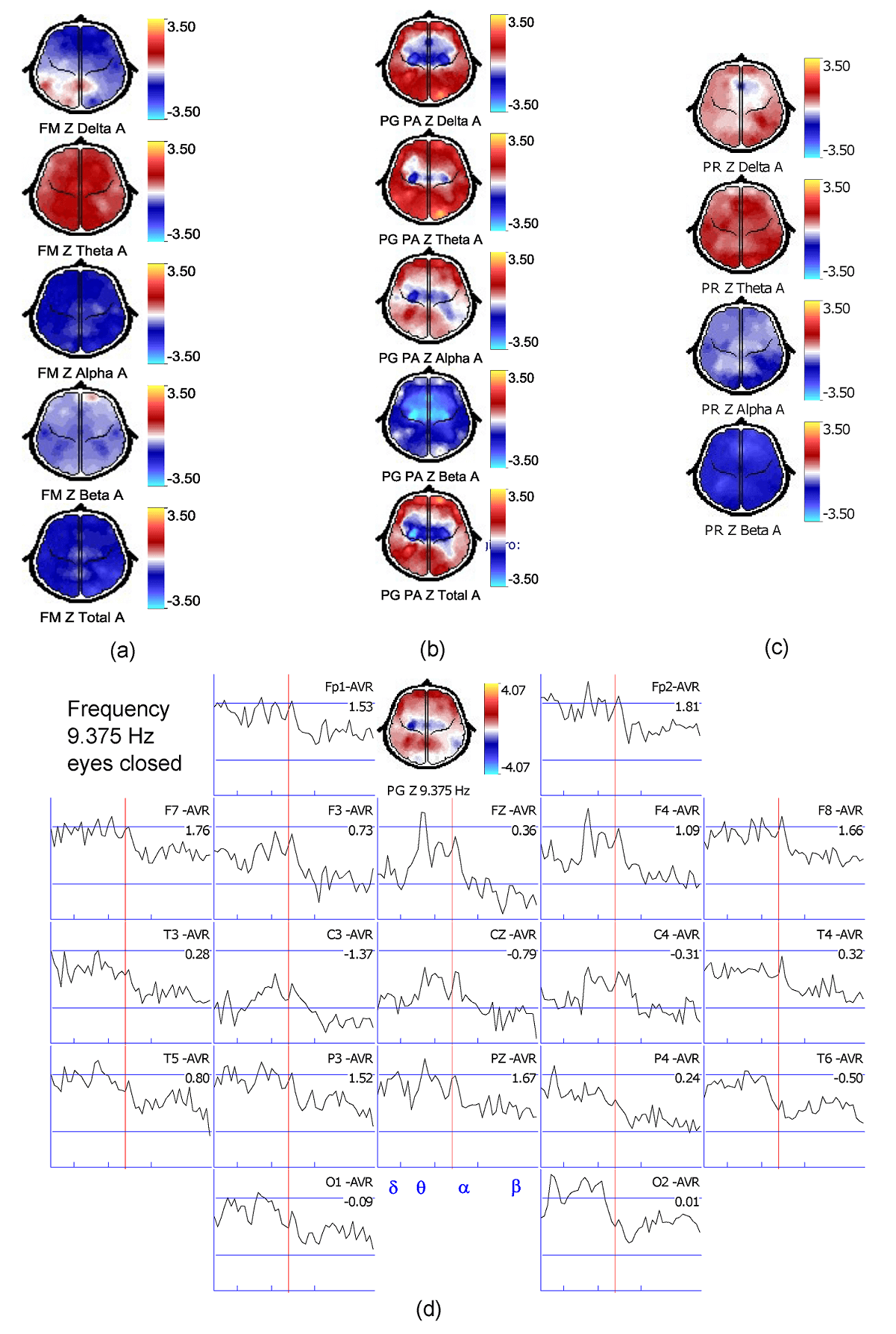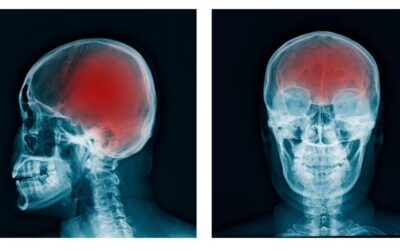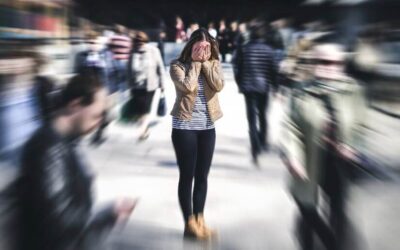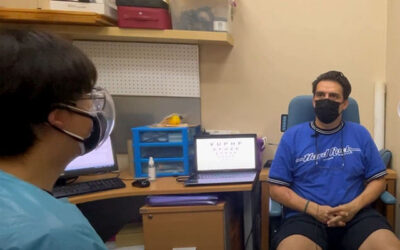Recent studies have increasingly demonstrated the effectiveness of light therapy in treating strabismus and amblyopia, particularly focusing on Syntonic Light Therapy. These studies involve monitoring brain activity and visual performance before and after Light Therapy (LTH). Post-LTH observations revealed a notable increase in high voltage activity in patients with strabismus and amblyopia. Notably, synchronized brain activity was observed in patients exposed to filters that transmit blue light, as opposed to red light. The research also emphasizes that light therapy is not universally applicable and should be conducted under professional supervision. Research reference link.
Vision Problems After Concussions
In Malaysia, traumatic brain injury (TBI), often caused by car accidents, is a major cause of death, especially in individuals under 45. TBI can lead to Post Trauma Vision Syndrome (PTVS), characterized by symptoms like dizziness, eye coordination problems, headaches, and reading difficulties. PTVS, resulting from concussions, affects various aspects of vision and balance, leading to ocular motor and binocular dysfunctions as well as convergence and accommodative dysfunctions. Treatment typically involves Neuro-Optometric Vision Rehabilitation, focusing on improving eye movement control, brain-eye coordination, and visual information processing, which helps alleviate these symptoms.




